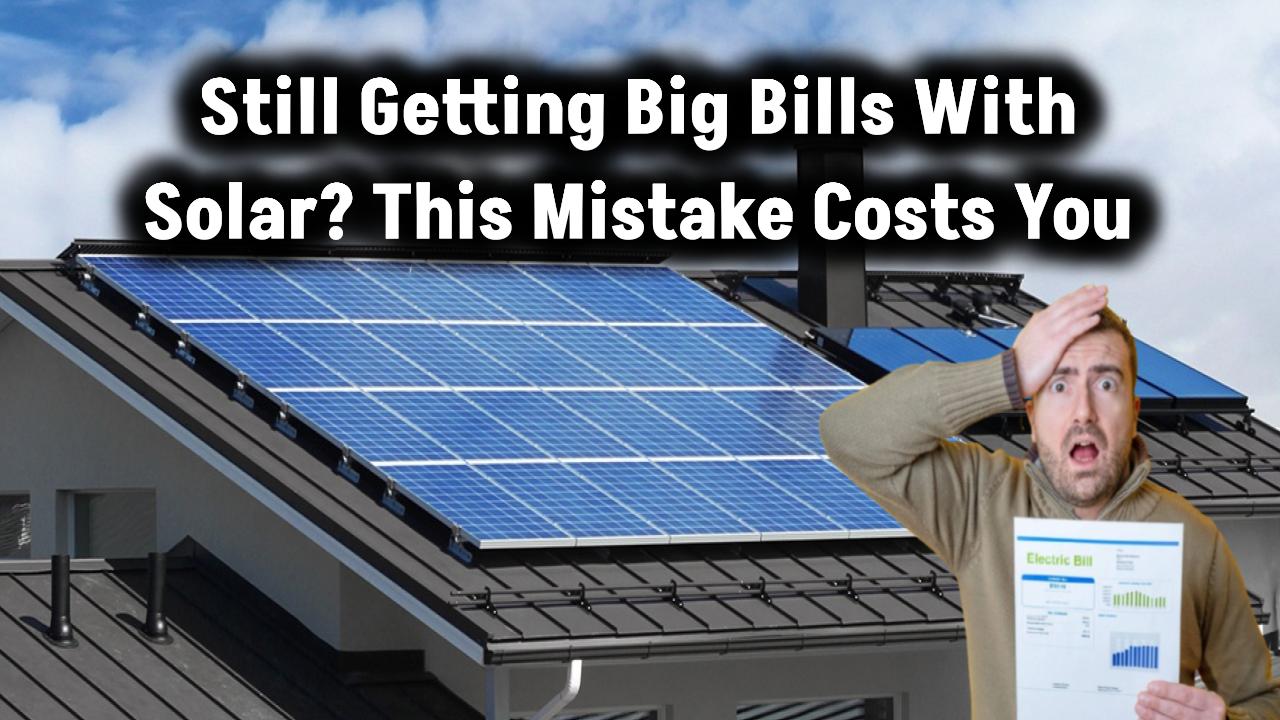
Mandatory solar panels in new homes will become a reality in England by 2027, signaling a transformative shift in the UK’s approach to sustainable housing. As part of the government’s bold strategy to reach net-zero emissions by 2050, this mandate will require that nearly all new residential buildings are equipped with solar photovoltaic (PV) systems.
Not only is this policy a leap toward cleaner energy, but it’s also a practical solution for homeowners facing rising utility costs. Let’s explore how the UK is paving the way for greener homes, what this means for you, and how it’s shaping the future of energy consumption in the country.
Also Check: Europe’s Solar Power Surge: Adding 70 GW Capacity in 2025
Why This Mandate, and Why Now?
Meeting Net-Zero Goals
Homes contribute to roughly 20% of the UK’s carbon emissions. Requiring solar in new builds drastically cuts emissions and aligns with the Clean Power 2030 vision of achieving 100% renewable electricity within this decade.
Combating Energy Price Volatility
With energy bills frequently fluctuating due to global crises, solar PV systems provide a hedge against inflation and fossil fuel dependency. A typical household can reduce its electricity bill by up to 80% annually.
Real-Life Impact
Let’s consider the Smith family, moving into a new 3-bedroom home in Birmingham in 2027:
- Solar panel system: 4 kW
- Installation cost: £3,500 (VAT-free)
- Annual electricity saving: ~£1,100
- Payback period: ~3.2 years
- Total savings over 25 years: £23,000+
They also sell excess energy back to the grid under the Smart Export Guarantee (SEG), earning an additional £200–£300 per year.
Expert Insight
According to Chris Hewett, Chief Executive of Solar Energy UK:
“Mandating solar for new homes is one of the most cost-effective ways to decarbonize our economy. It’s a win for homeowners, the environment, and the jobs market.”
Environmental Impact Per Household
Each solar-powered home is expected to reduce:
- Carbon emissions by approx. 1.2 to 1.6 tonnes of CO₂ annually
- This is equivalent to planting 50–70 trees per year
Now imagine this on a national scale with 300,000 new homes built annually!
What Builders and Homeowners Need to Know
What’s Required
- Install solar PV panels covering 40% of floor space or maximum feasible roof area.
- Exemptions may apply for shading or historical preservation constraints.
Financial Incentives
- 0% VAT on solar systems through March 2027
- ECO4 Grant for low-income retrofits
- SEG Payments for excess solar electricity
Step-by-Step Installation Guide for New Homes
- Site Assessment: Builder or installer checks roof orientation and sun exposure.
- Design Planning: Customize the number and angle of panels for optimal output.
- Installation: Typically takes 1–2 days.
- Grid Connection: Hooked up to national grid with smart meter.
- Activate SEG: Register with an energy provider for payment on surplus power.
Also Check: First Solar (NASDAQ: FSLR) Share Price Target 2025, 2030, 2035, 2040, 2045 and 2050
Government Investment in Public Buildings
The government isn’t stopping with homes. Through Great British Energy, it’s installing solar panels on:
- 200 NHS buildings, saving up to £45,000/year each
- 200 schools, saving approx. £25,000/year
This not only reduces public costs but also models sustainable infrastructure for the next generation.
Creating Jobs and Skills for the Green Economy
The solar mandate will spark demand in:
- Installation services
- Solar panel manufacturing
- Maintenance and engineering
- Training programs
Solar Energy UK estimates over 30,000 new green jobs could be created in the next five years due to this policy shift.
Risks and Limitations
While benefits are strong, it’s important to consider:
- Performance Degradation: Solar panels lose about 0.5–1% efficiency per year.
- Weather Dependence: Output is lower in winter or cloudy regions.
- End-of-Life Recycling: Managing e-waste from panels will be key by 2045–2050.
The government plans to address these with future solar panel recycling laws and tech innovation grants.
Future Outlook
- Battery Storage: May become mandatory in next phase to increase self-reliance.
- AI & Smart Grids: Integration with smart meters to optimize home energy use.
- Solar Tiles: Aesthetic alternatives to bulky panels could gain popularity.
FAQs
Q1. Does this apply to Scotland or Wales?
No, only England at this time. Wales and Scotland may follow similar paths independently.
Q2. Are solar batteries required?
Not yet. Batteries are optional but beneficial for storing excess energy for night-time use.
Q3. How will this impact house prices?
Construction cost rises by ~£3,500, but homes gain resale value and long-term cost savings.
Q4. What happens if the home is in a conservation area?
Exemptions or reduced requirements apply based on visual, historic, or architectural impact.
Q5. Can a buyer choose not to use solar?
No. It will be part of the home’s built-in design, regulated by building codes.
Also Check: UK Solar Adoption Soars: How Government Initiatives Are Accelerating the Shift to Clean Energy








